 +86 13600513715
+86 13600513715
Industry Challenges and Technological Context
Cutting-Edge Technological Solutions
Advanced Oxidation Processes (AOP) for API Degradation
Membrane Bioreactors (MBR) with ARG Control
Solvent Recovery and Resource Recycling
Decentralized Treatment for Hospital Wastewater
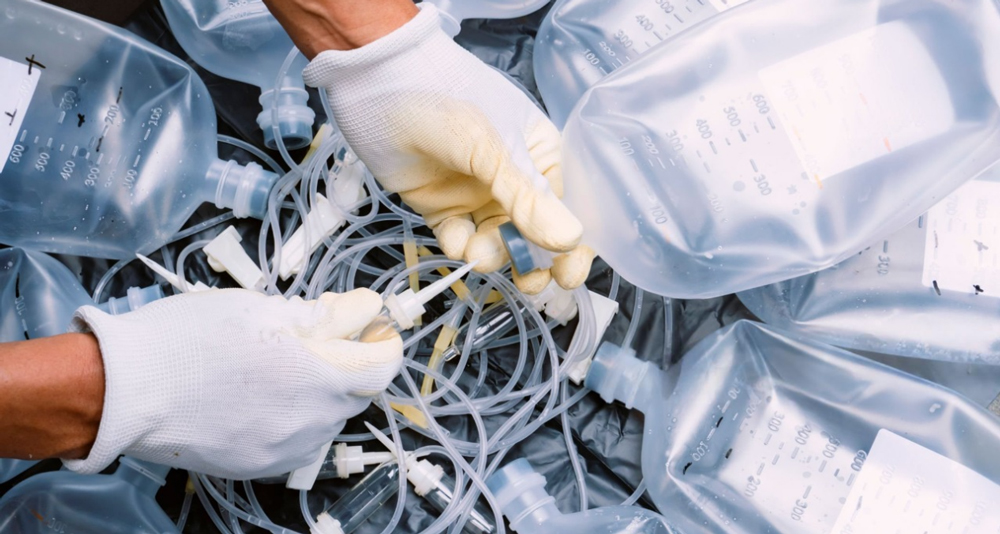
Antibiotic Manufacturing Wastewater Treatment
● Challenge: High COD (15,000 mg/L) and residual amoxicillin (80 mg/L) in effluent.
● Solution:
Phase 1: Anaerobic digestion reduced COD by 60%.
Phase 2: AOP (UV/Persulfate) degraded amoxicillin to <0.05 mg/L.
● Results:
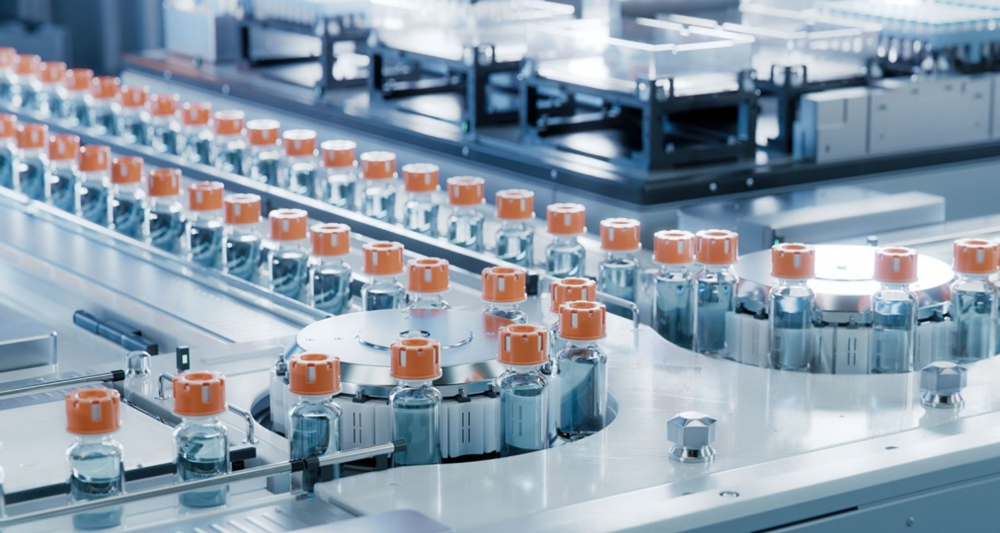
Vaccine Production Facility
● Challenge: Inactivation of live viral vectors in wastewater.
● Solution:
● Results:
Water Reuse: 80% of treated water recycled for cooling
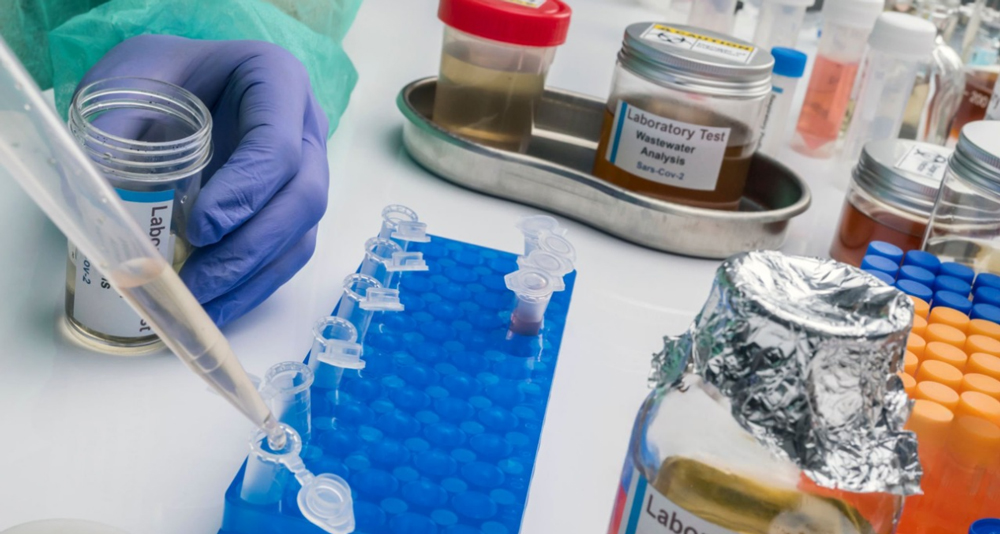
Hospital Wastewater Management in South Korea
● Challenge: Mixed wastewater containing antibiotics (ciprofloxacin, 50 mg/L), contrast agents (gadolinium, 2 mg/L), and pathogens.
● Solution:
● Results:
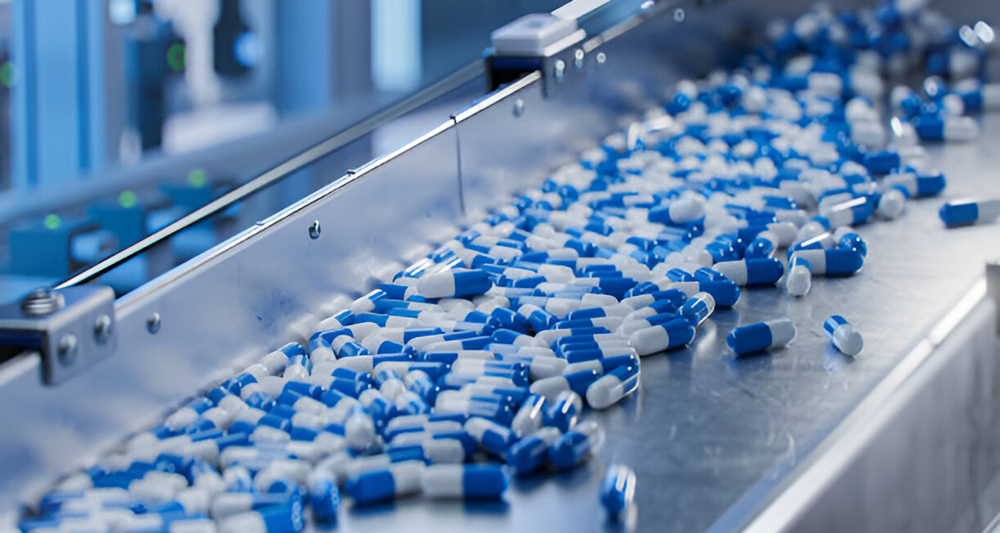
Oncology Drug Production in the U.S.
● Challenge: Cytotoxic residues (e.g., cisplatin) at 10 mg/L and high ammonia (NH₃-N >200 mg/L).
● Solution:
AOP (Ozone/UV): Degraded cisplatin to non-toxic byproducts.
Anammox Process: Removed 95% ammonia.
● Results:
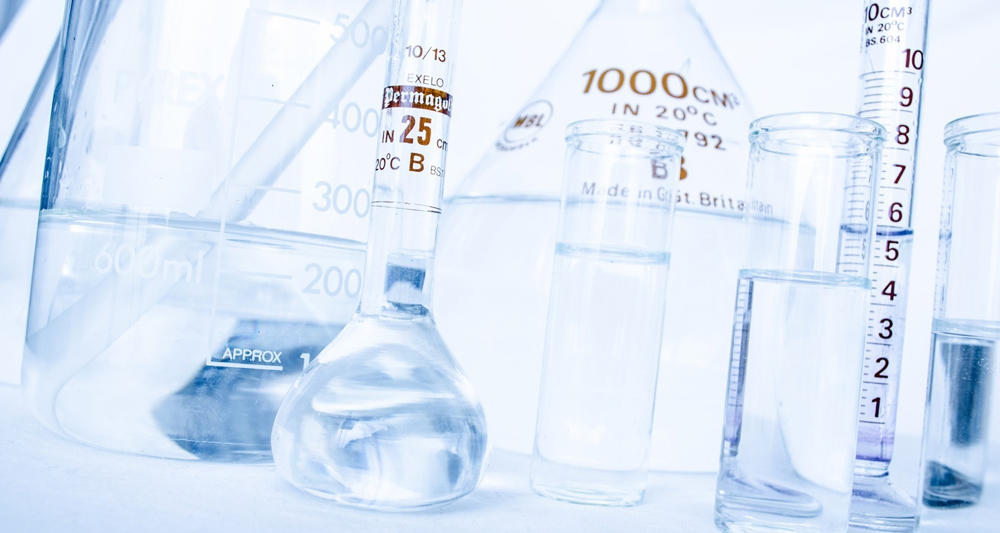
Pharmaceutical Park in China
● Challenge: Mixed wastewater from 20+ factories (APIs, solvents, COD 8,000-12,000 mg/L).
● Solution:
Centralized MBR + AOP: COD reduced to <500 mg/L.
Solvent Recovery: 90% methanol recycled.
● Results:
Future Trends




